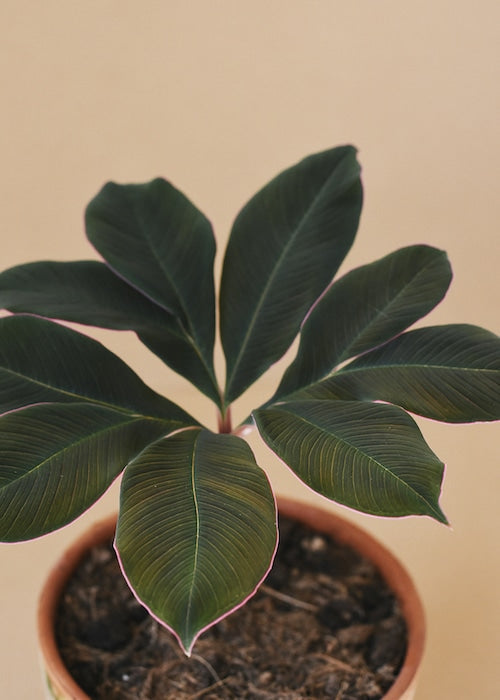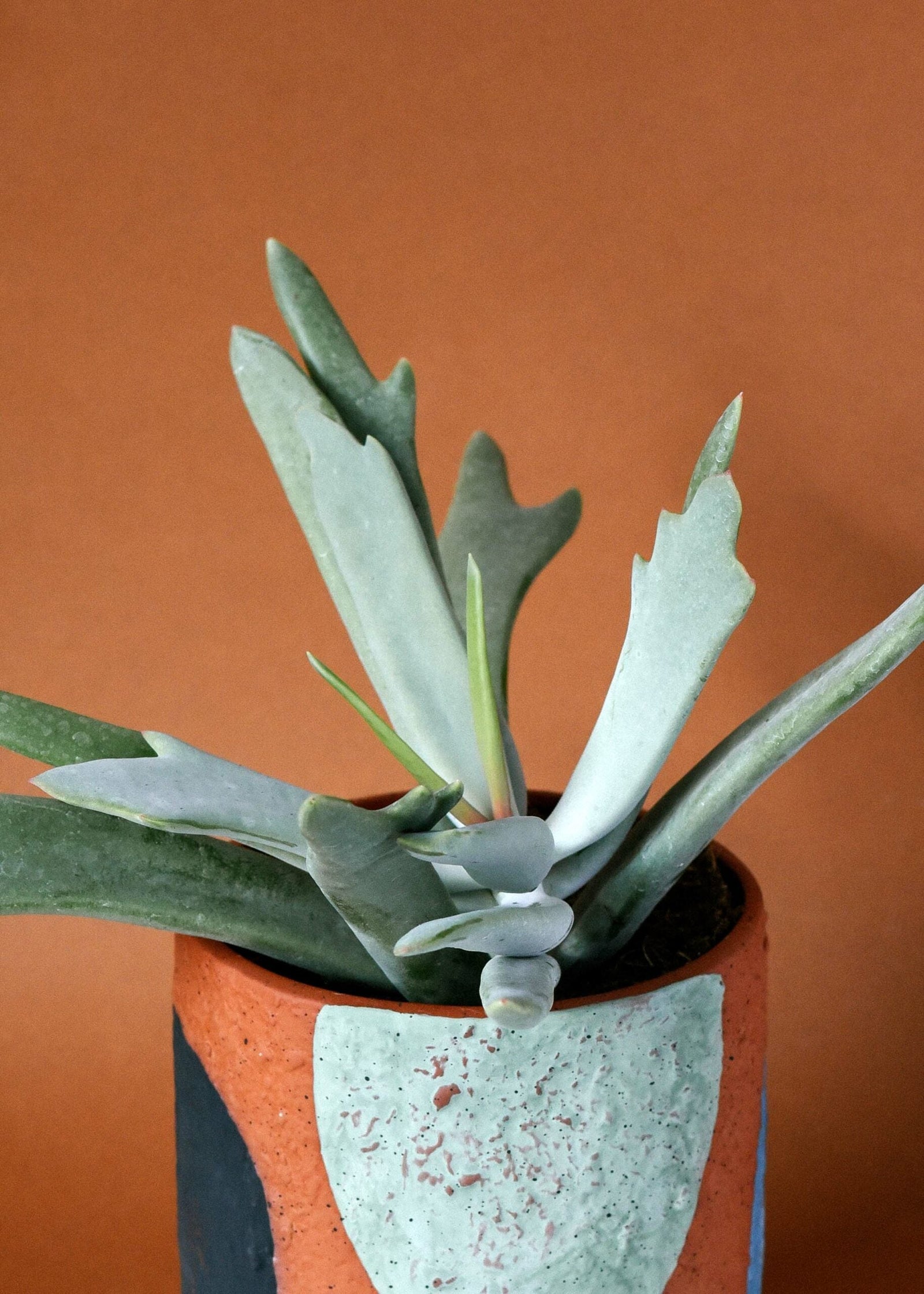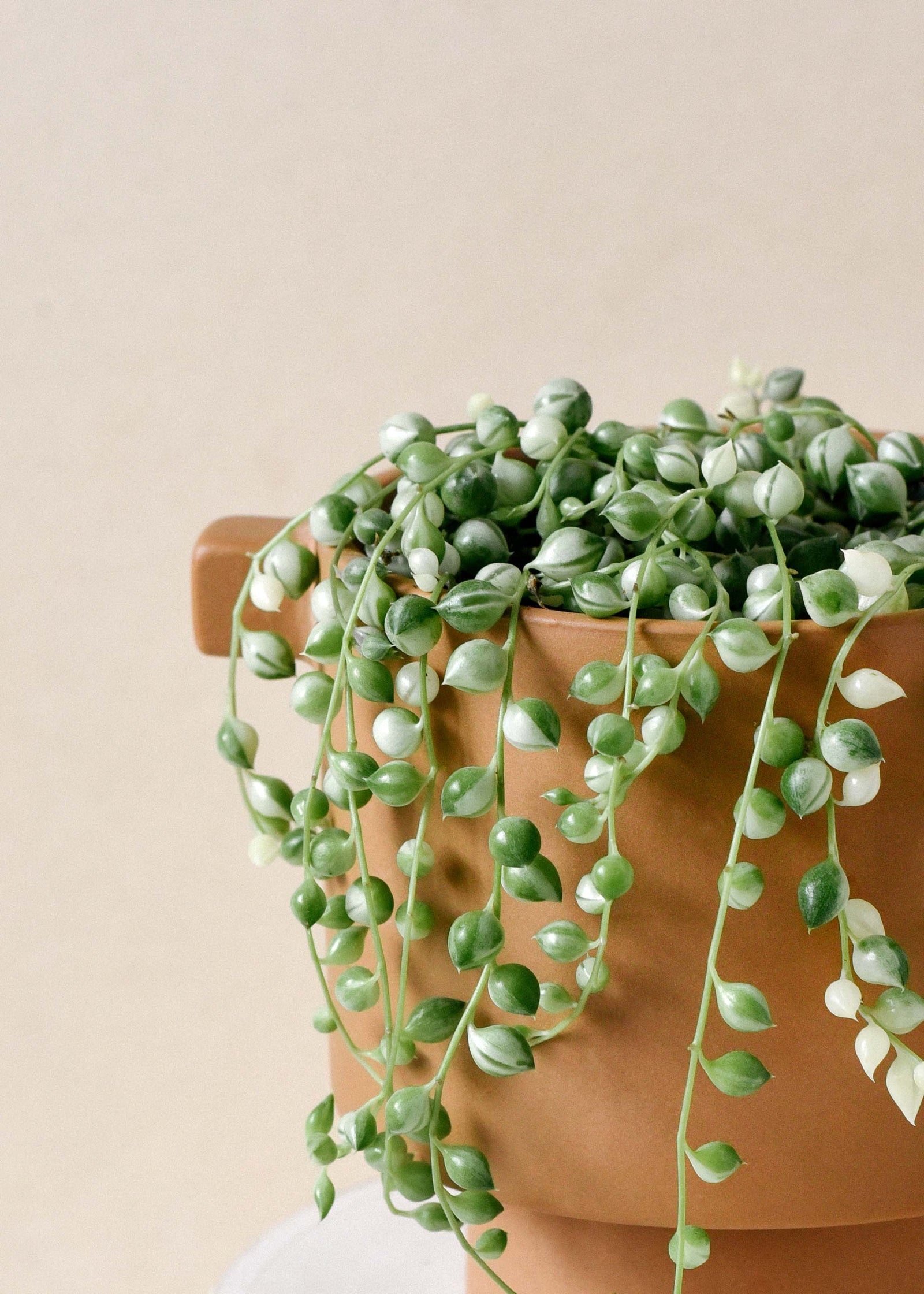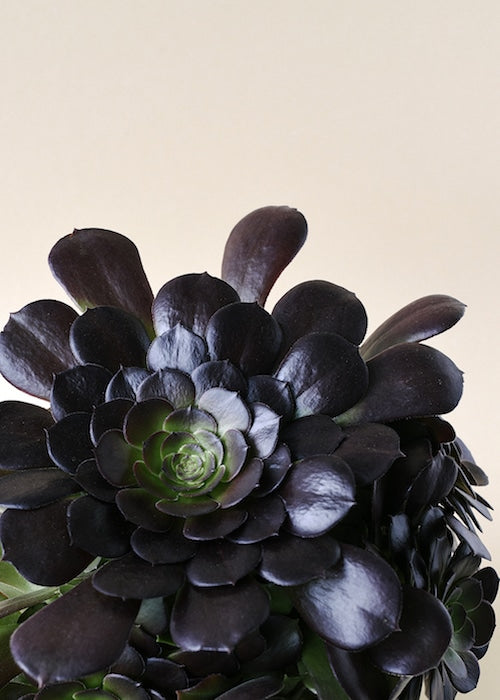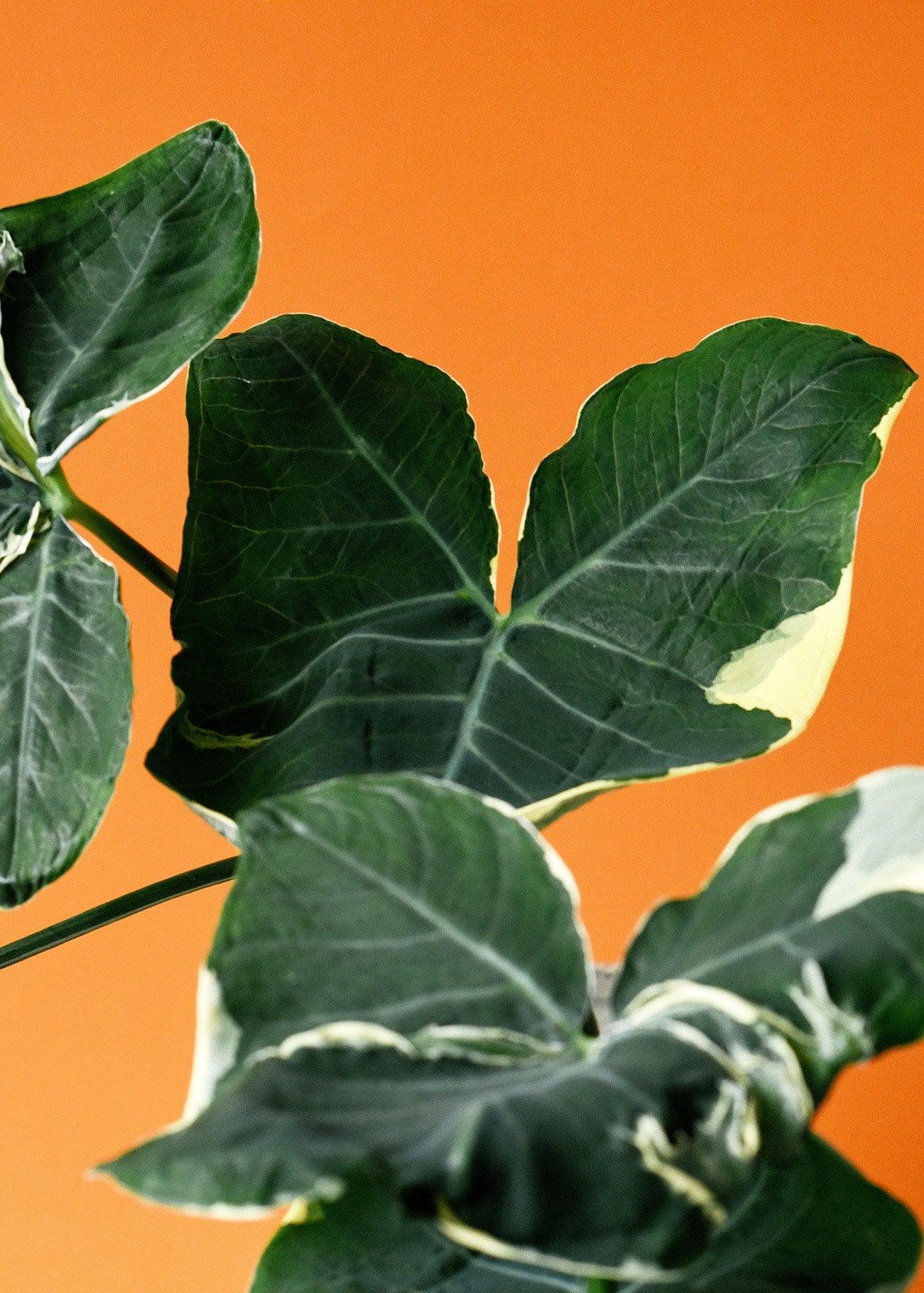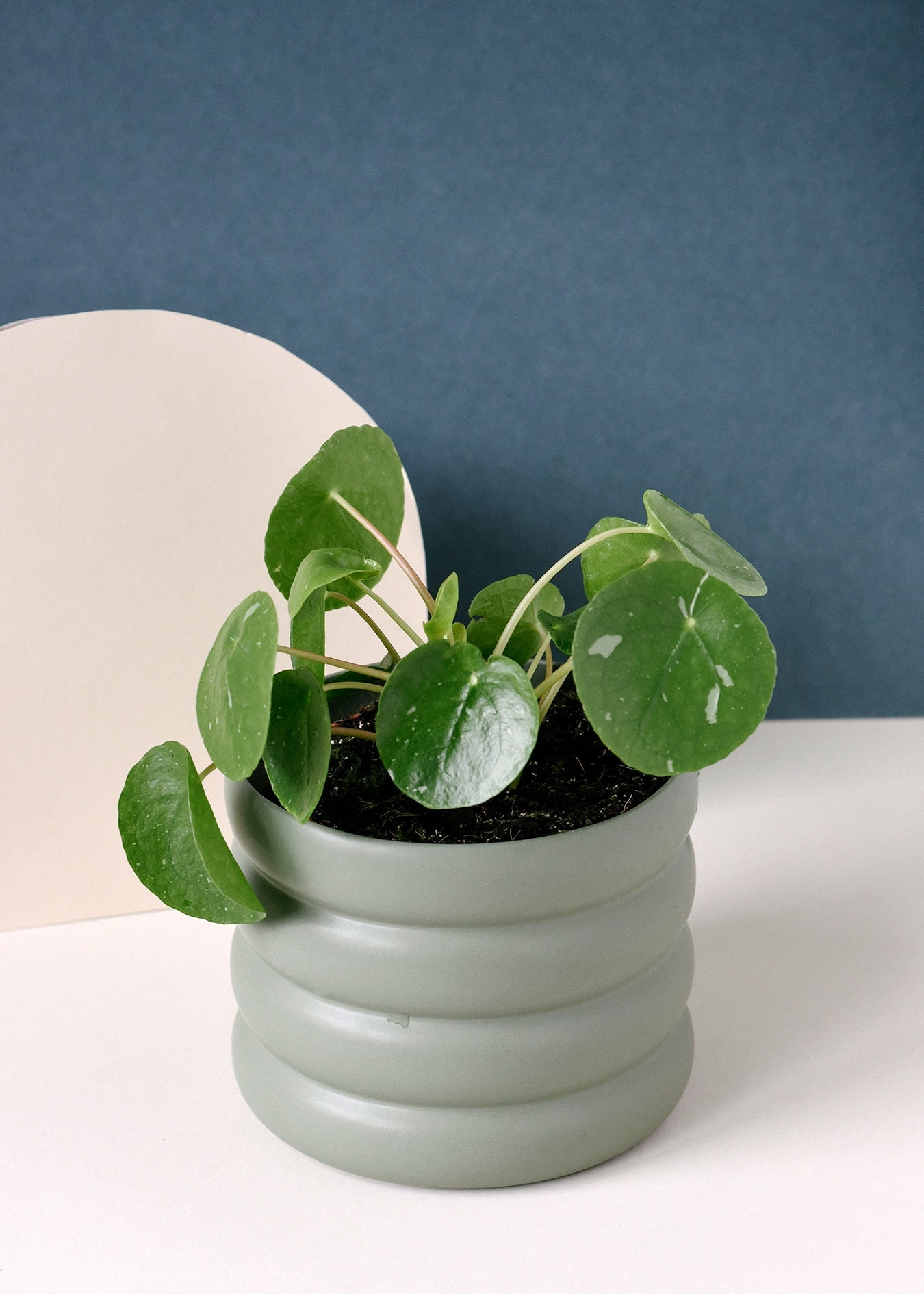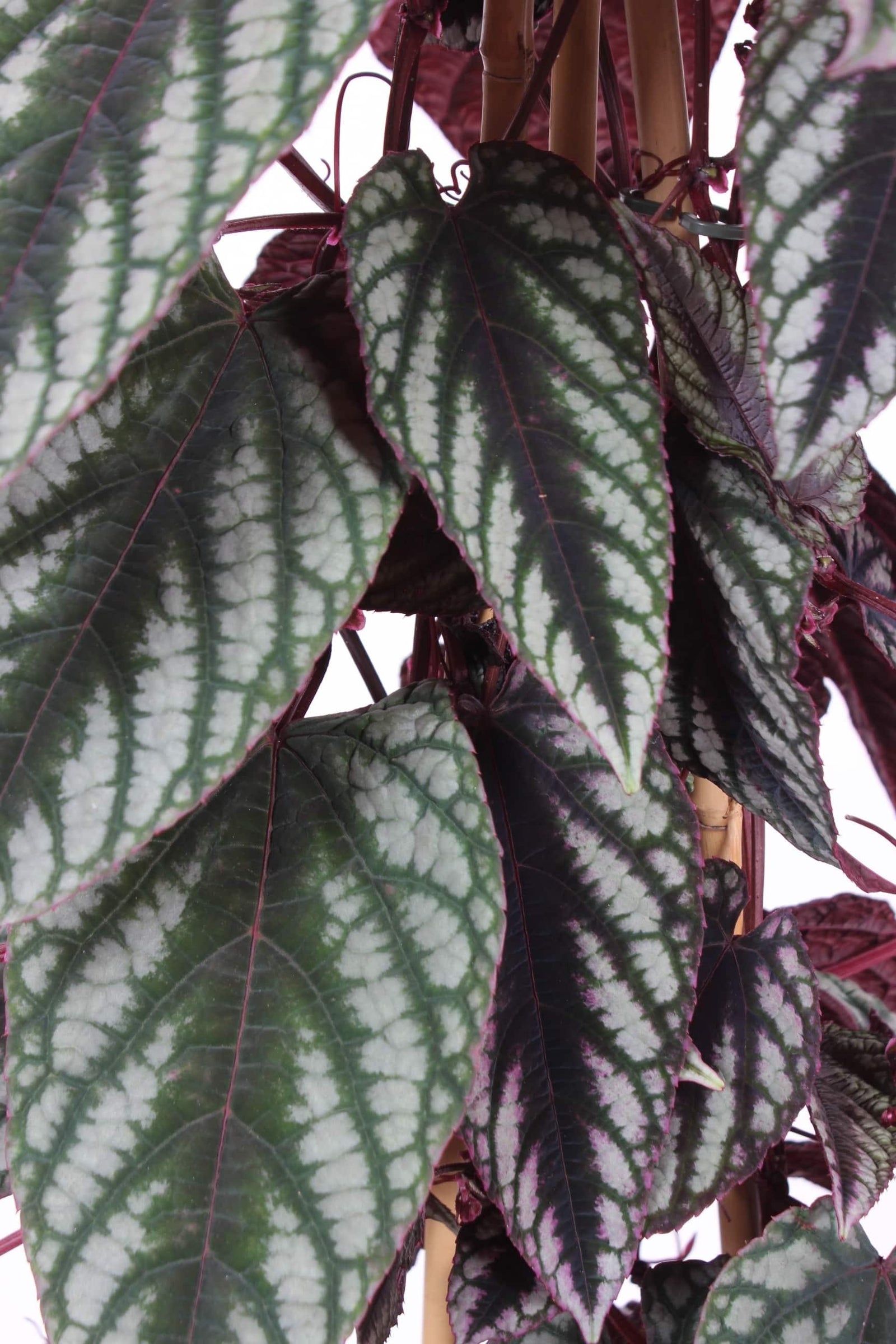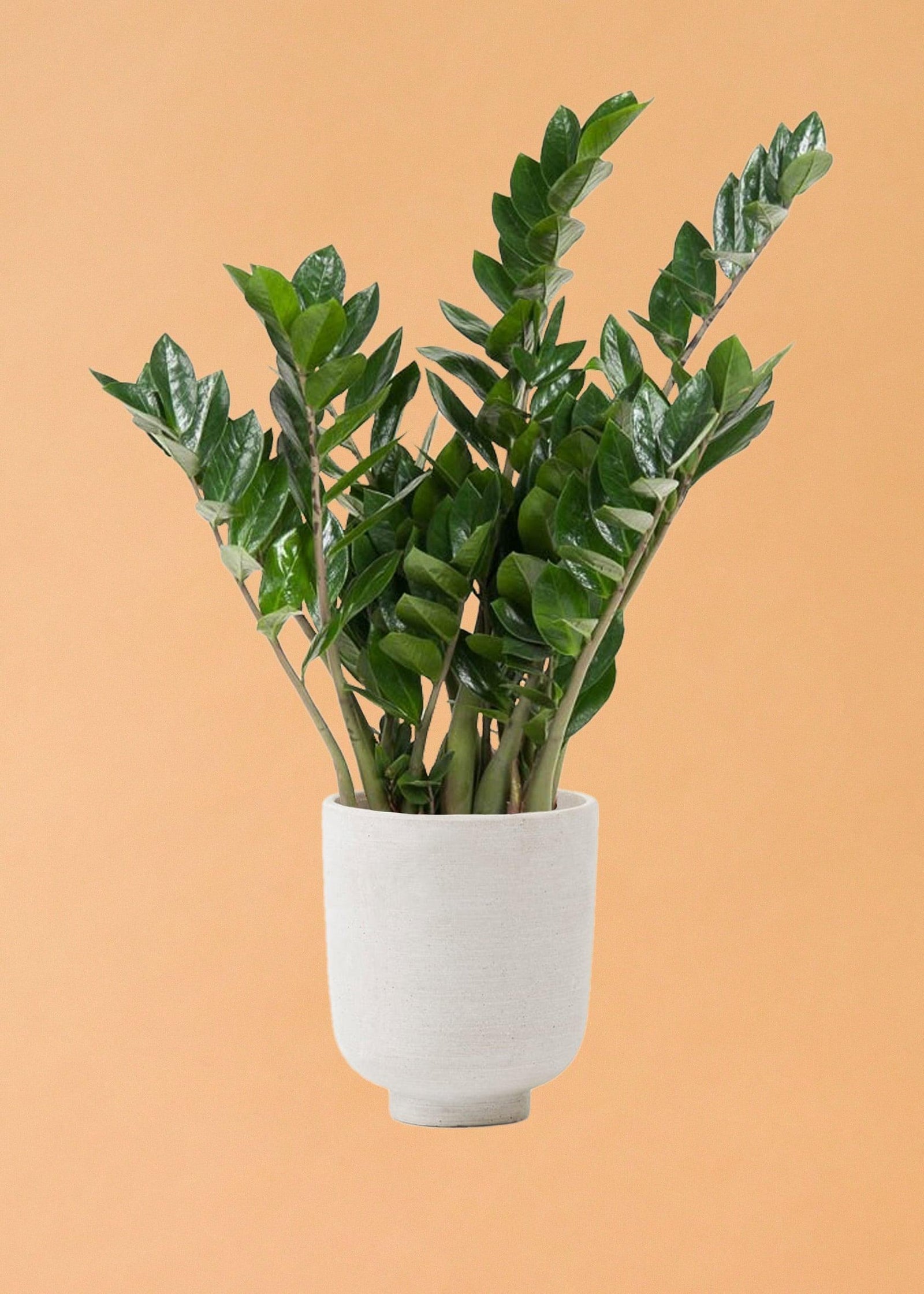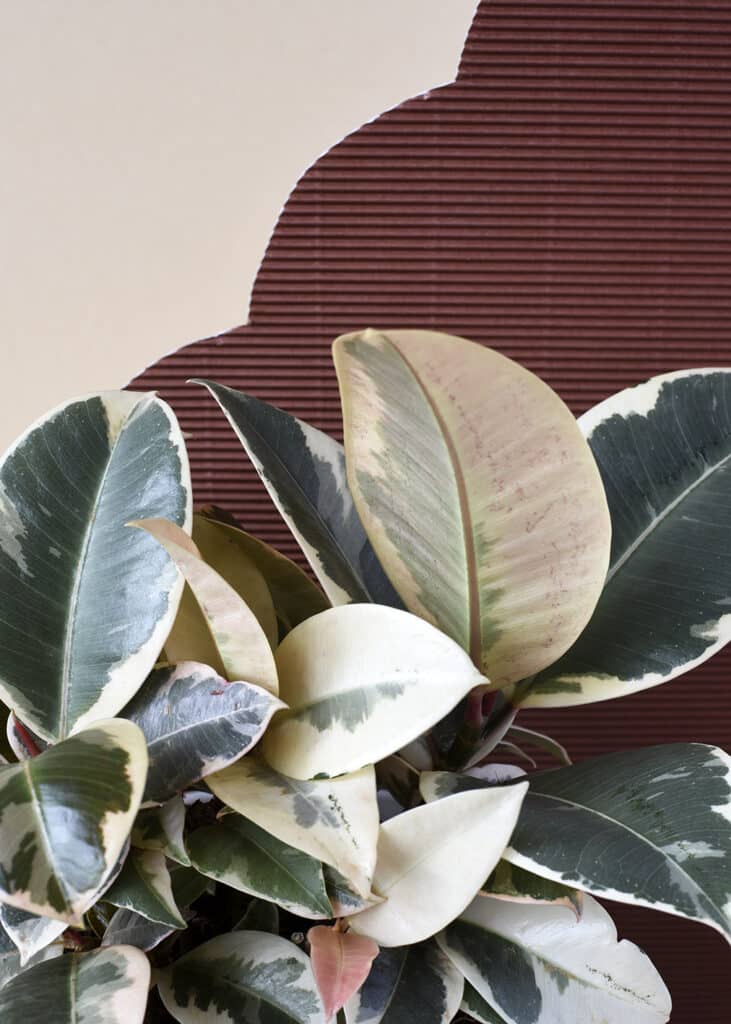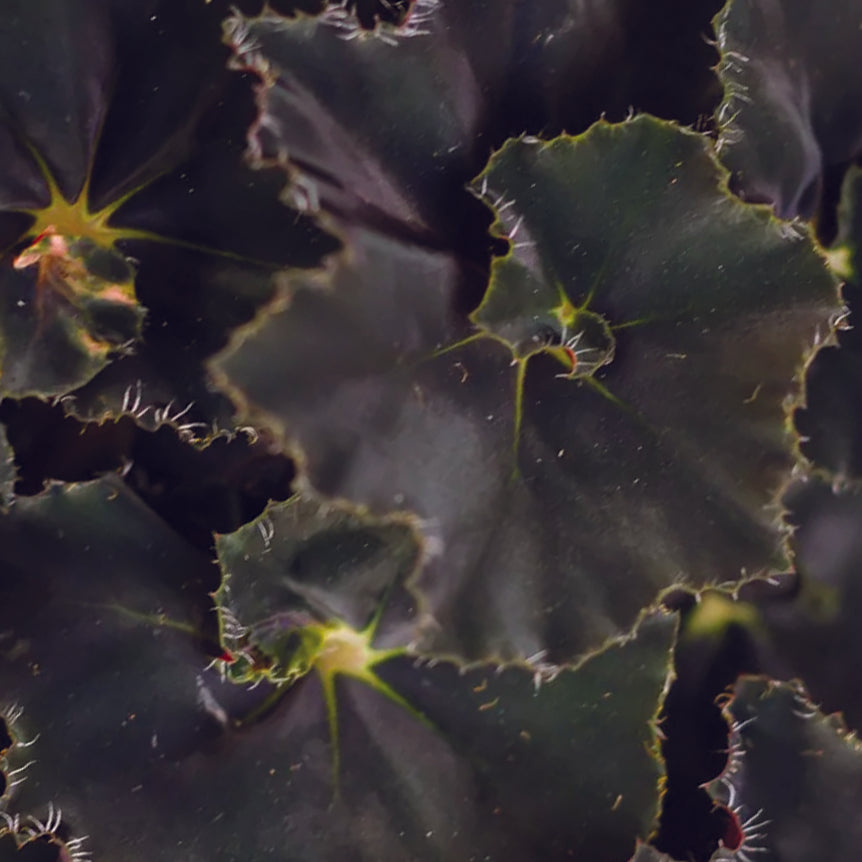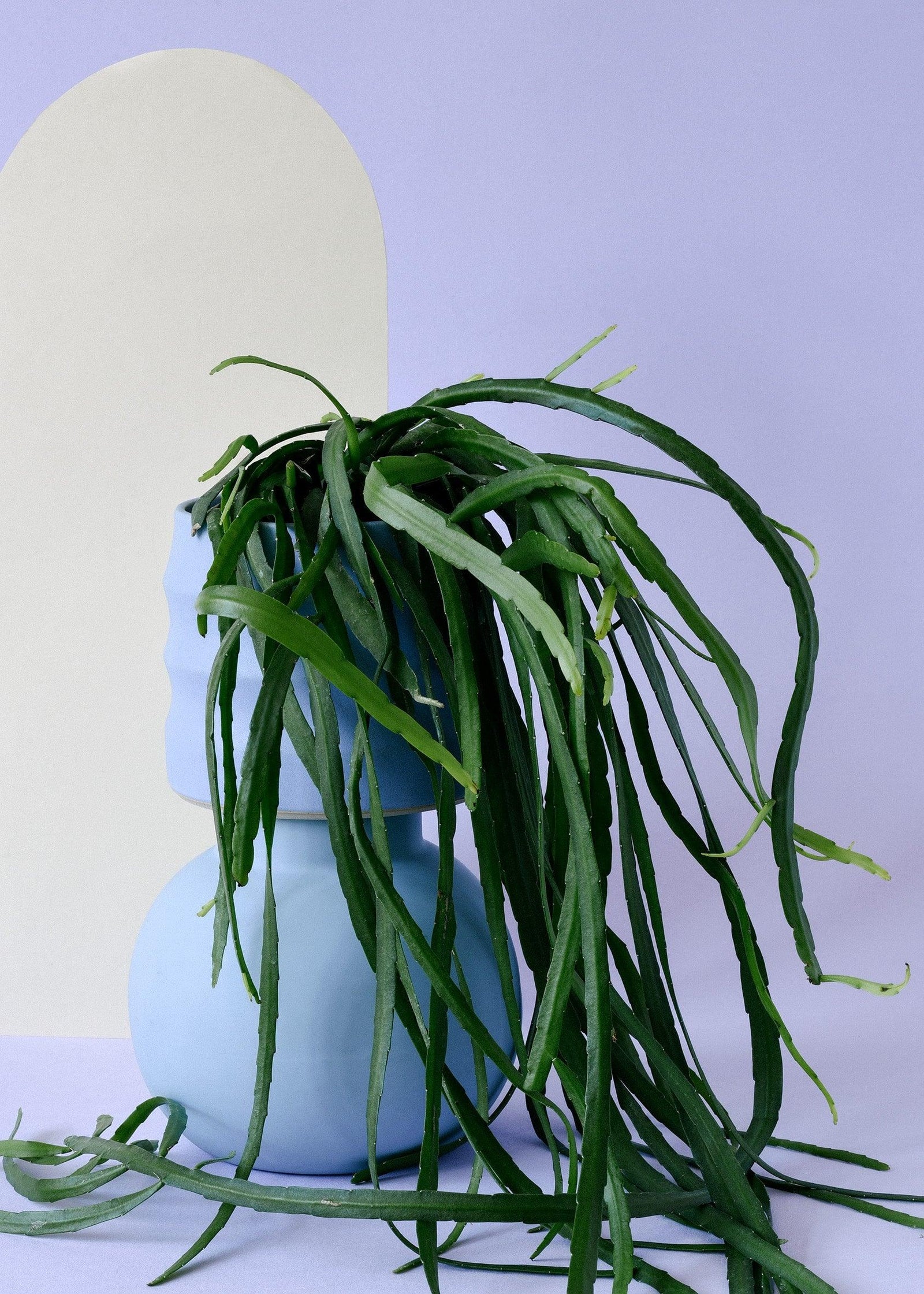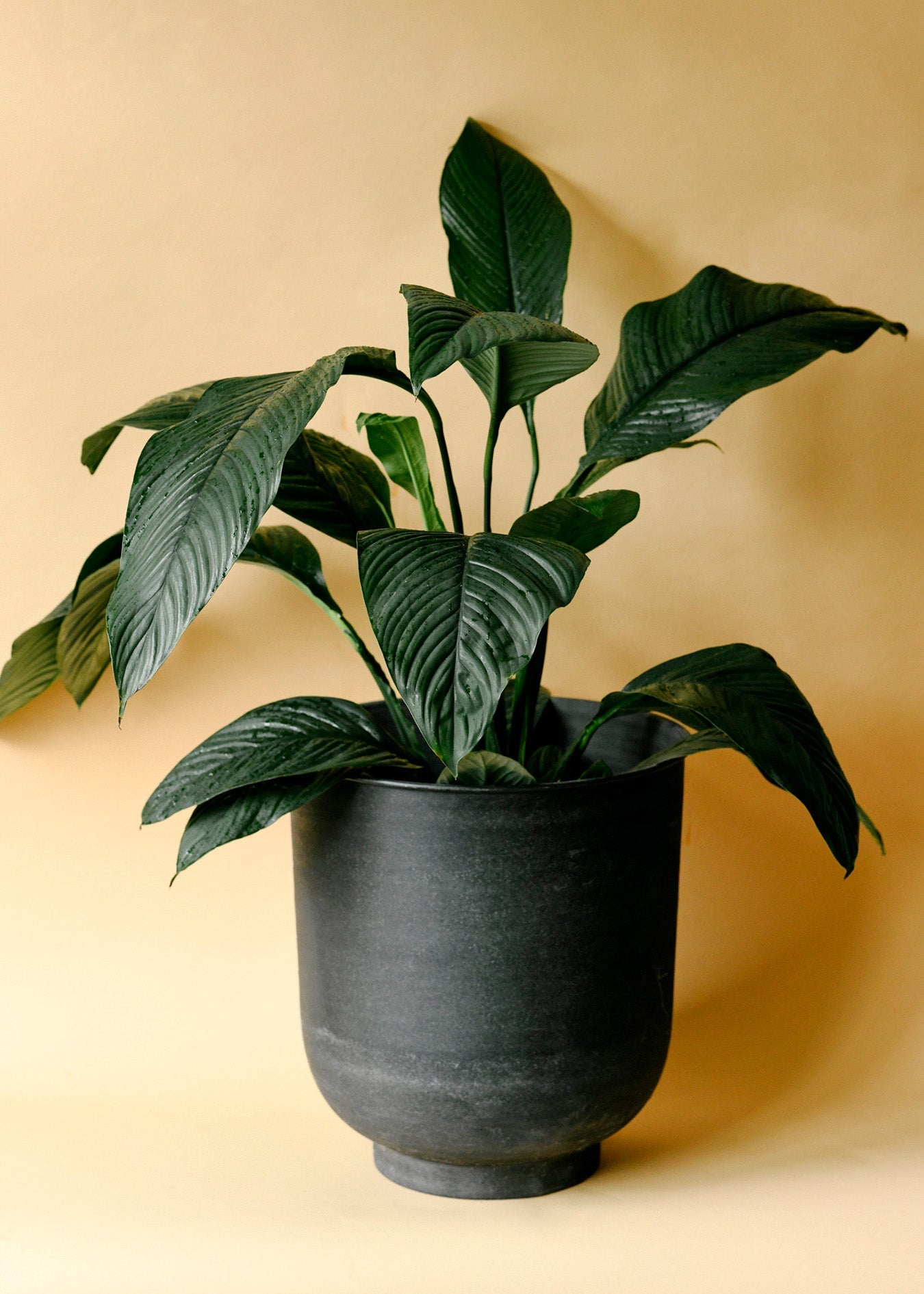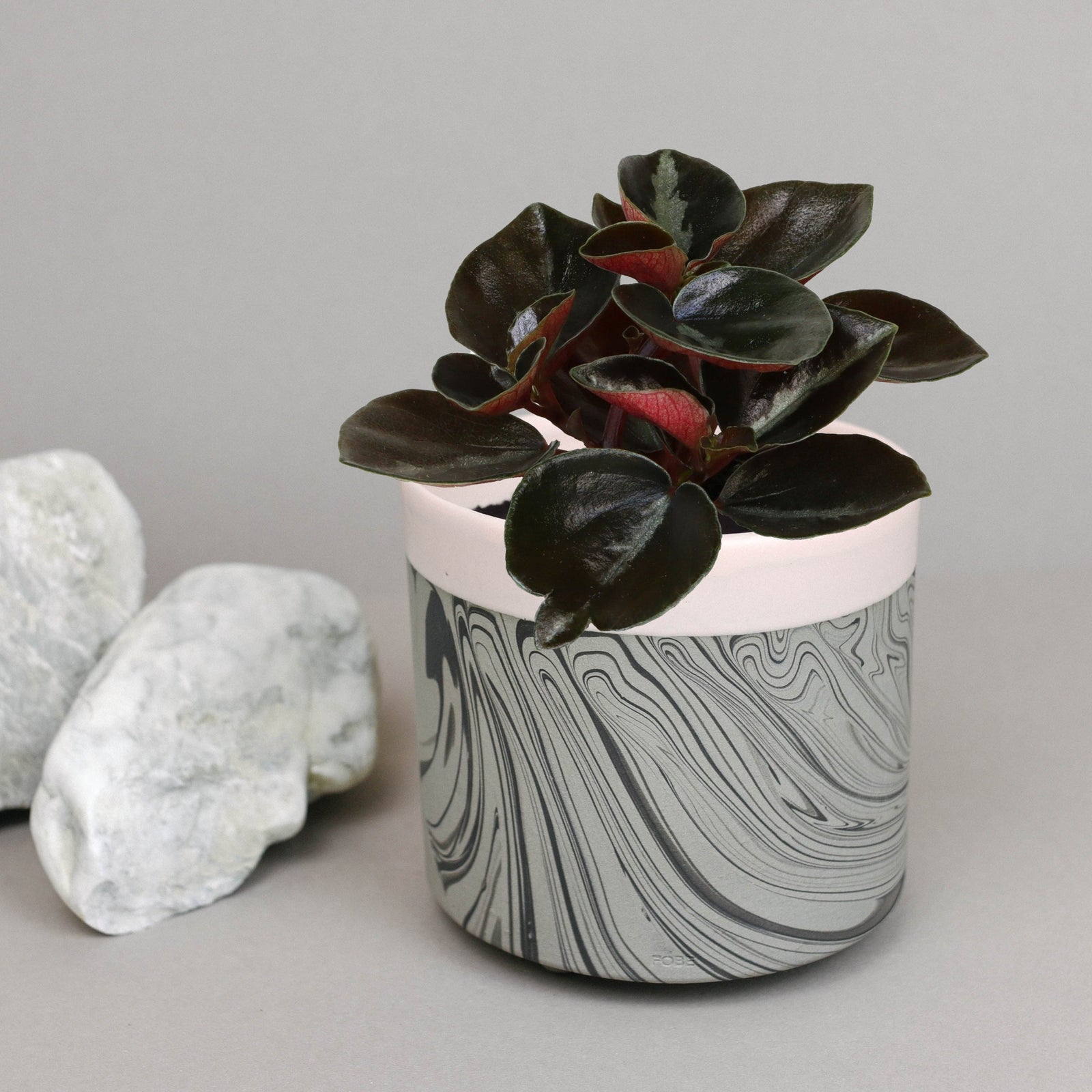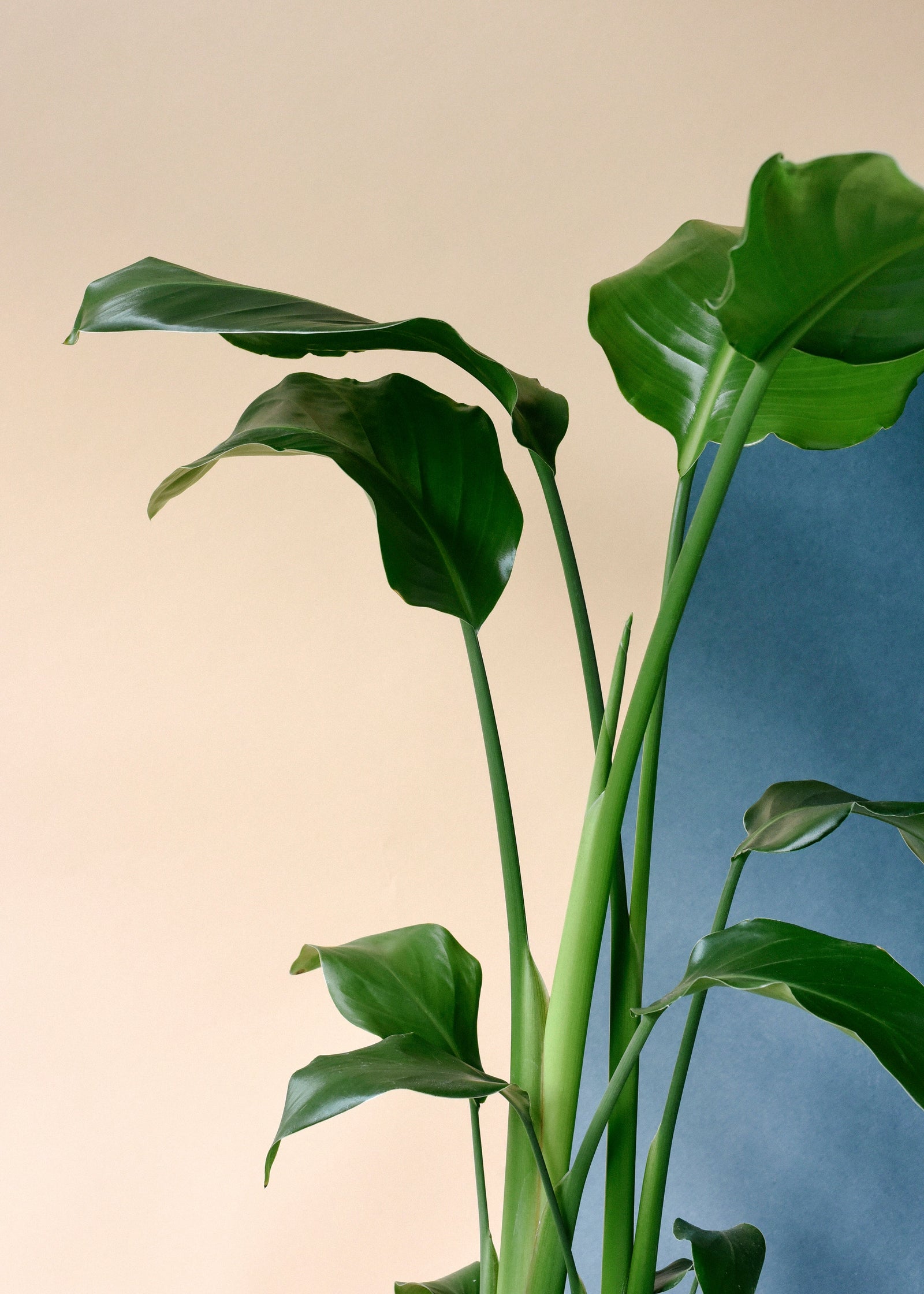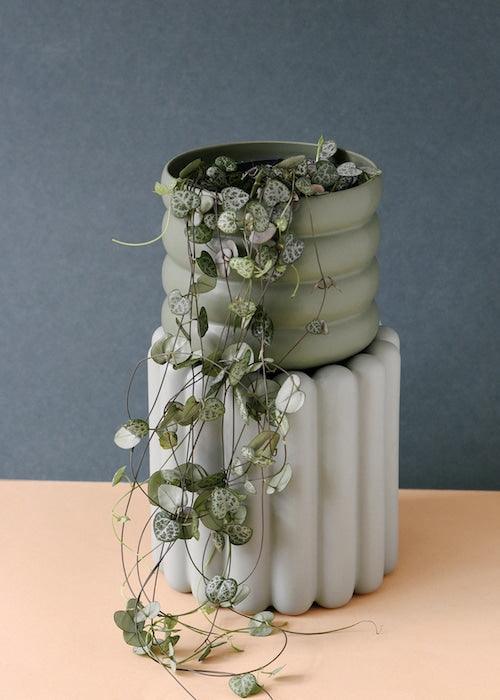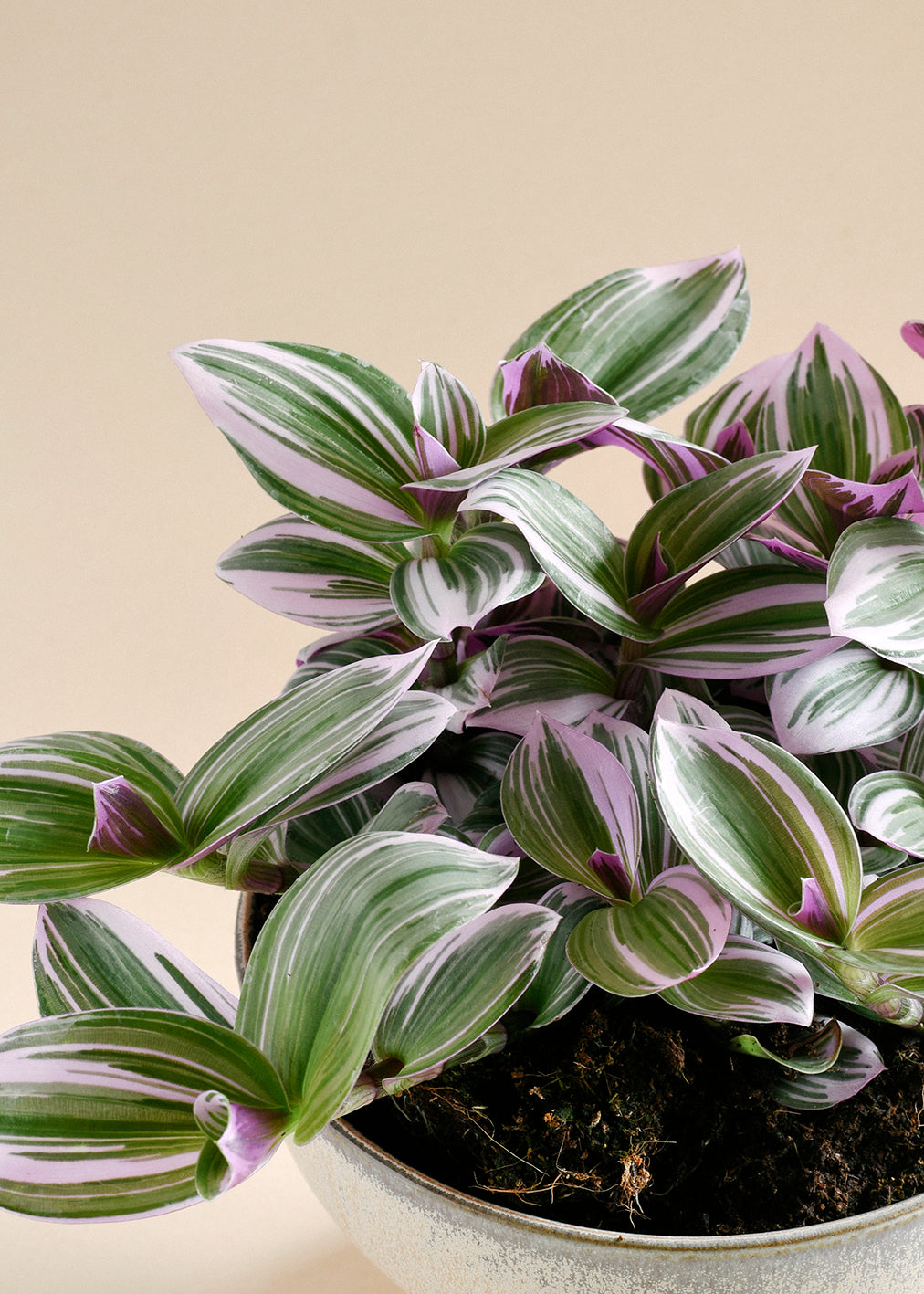Welcome to our comprehensive guide on caring for the intriguing Amorphophallus plant, also known as the corpse flower. Known for its unique bloom and distinct aroma during flowering, this plant is a fascinating addition to any collection. In this guide, we'll cover everything you need to know to keep your Amorphophallus thriving.
Care Summary
| Aspect | Details |
|---|---|
| Light | Bright to medium indirect light |
| Watering | Allow potting mix to dry out before watering |
| Humidity | Average |
| Soil | Well-draining potting mix |
| Pruning | Minimal; remove only dead or damaged parts |
| Toxicity | Toxic to humans and animals if ingested |
Lighting Tips
Amorphophallus thrives in bright to medium indirect light. Direct sunlight can scorch its leaves, so it's best positioned in a spot where it can receive filtered light. This lighting condition helps promote healthy growth and flowering.
Watering Advice
Water your Amorphophallus only when the top 3.5 cm of soil feels dry. Increase watering frequency during the growing season and reduce it significantly during dormancy. Overwatering can lead to root rot, so ensure proper drainage.
Soil and Potting Tips
Use a well-draining potting mix, such as an aroid mix, to provide the necessary support and drainage. A well-aerated soil allows the roots to breathe and grow efficiently.
Humidity and Temperature
The Amorphophallus prefers average humidity and thrives in temperatures between 18°C and 30°C. Avoid exposing it to temperatures below 15°C to prevent stress and potential damage.
Pruning and Maintenance
Pruning is minimal with Amorphophallus. Remove only the dead or damaged parts to help the plant maintain its energy for growth and flowering. During its dormant period, reduce maintenance and allow the plant to rest.
Toxicity Information
Be cautious as the Amorphophallus is toxic to both humans and animals if ingested. Keep it out of reach of children and pets, and handle with care, especially during repotting or pruning.
Why We Love It
We love the Amorphophallus for its dramatic and unusual flowering phase, which adds an exotic touch to any plant collection. Its unique appearance and growth habits make it a fascinating subject for botanical enthusiasts and casual plant lovers alike.



